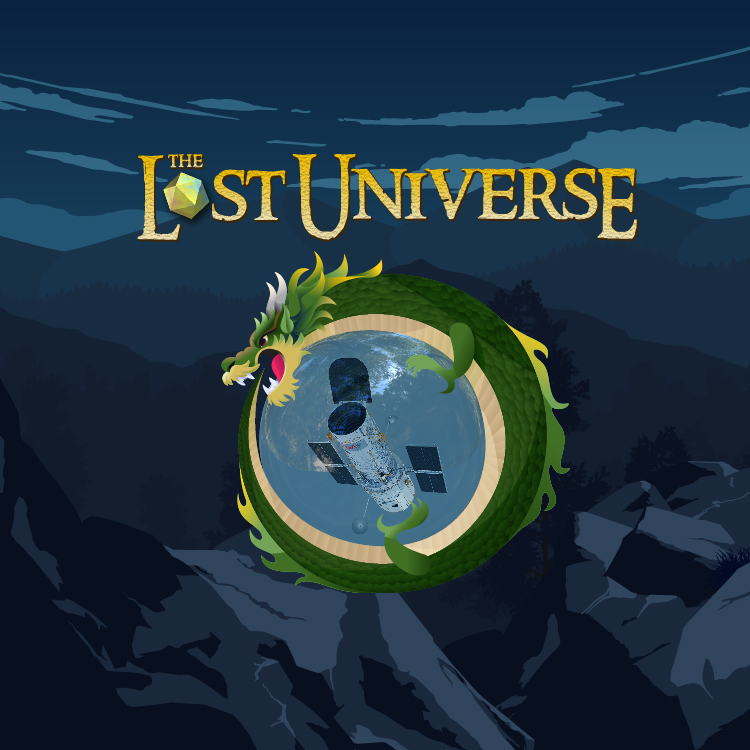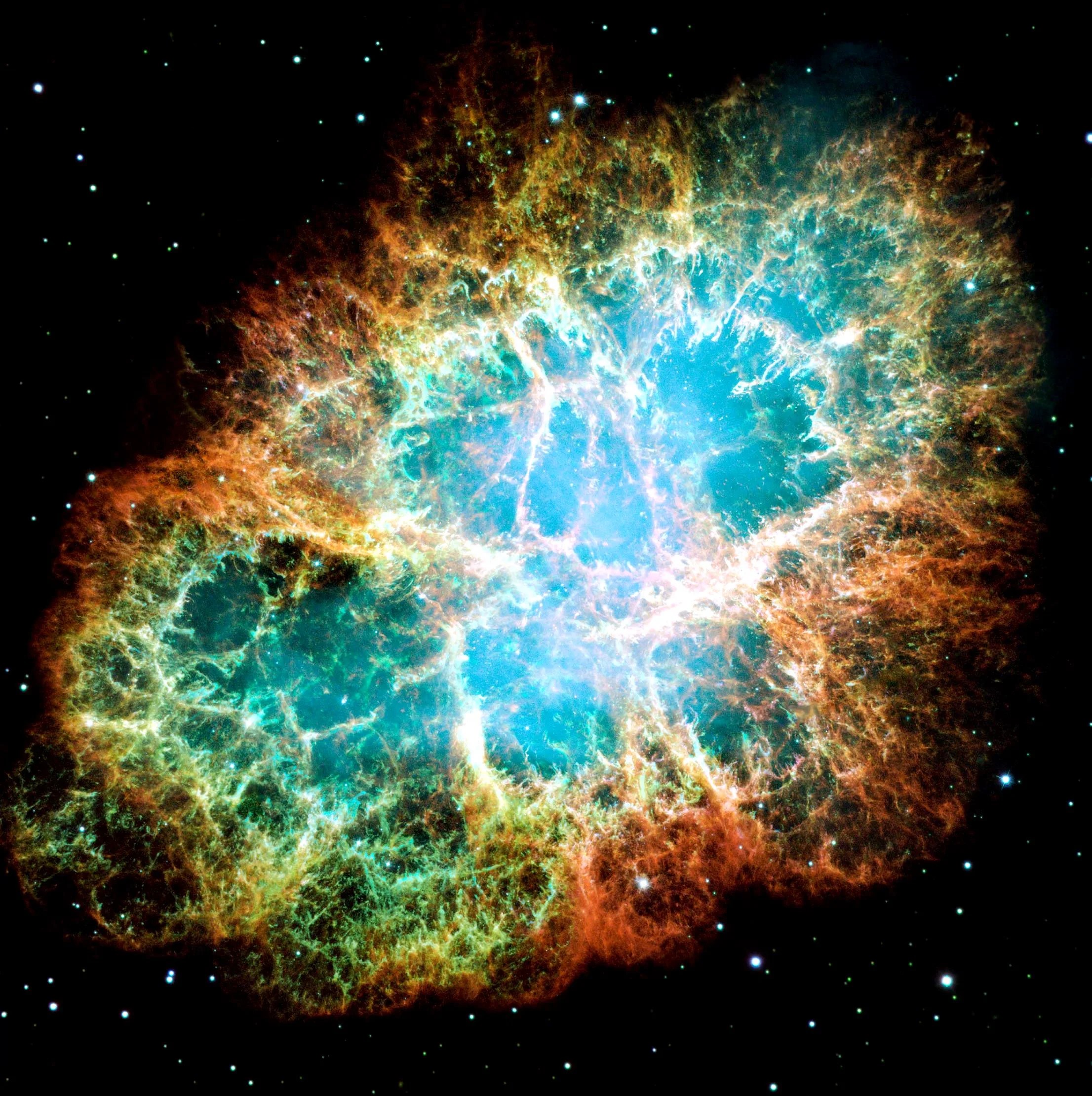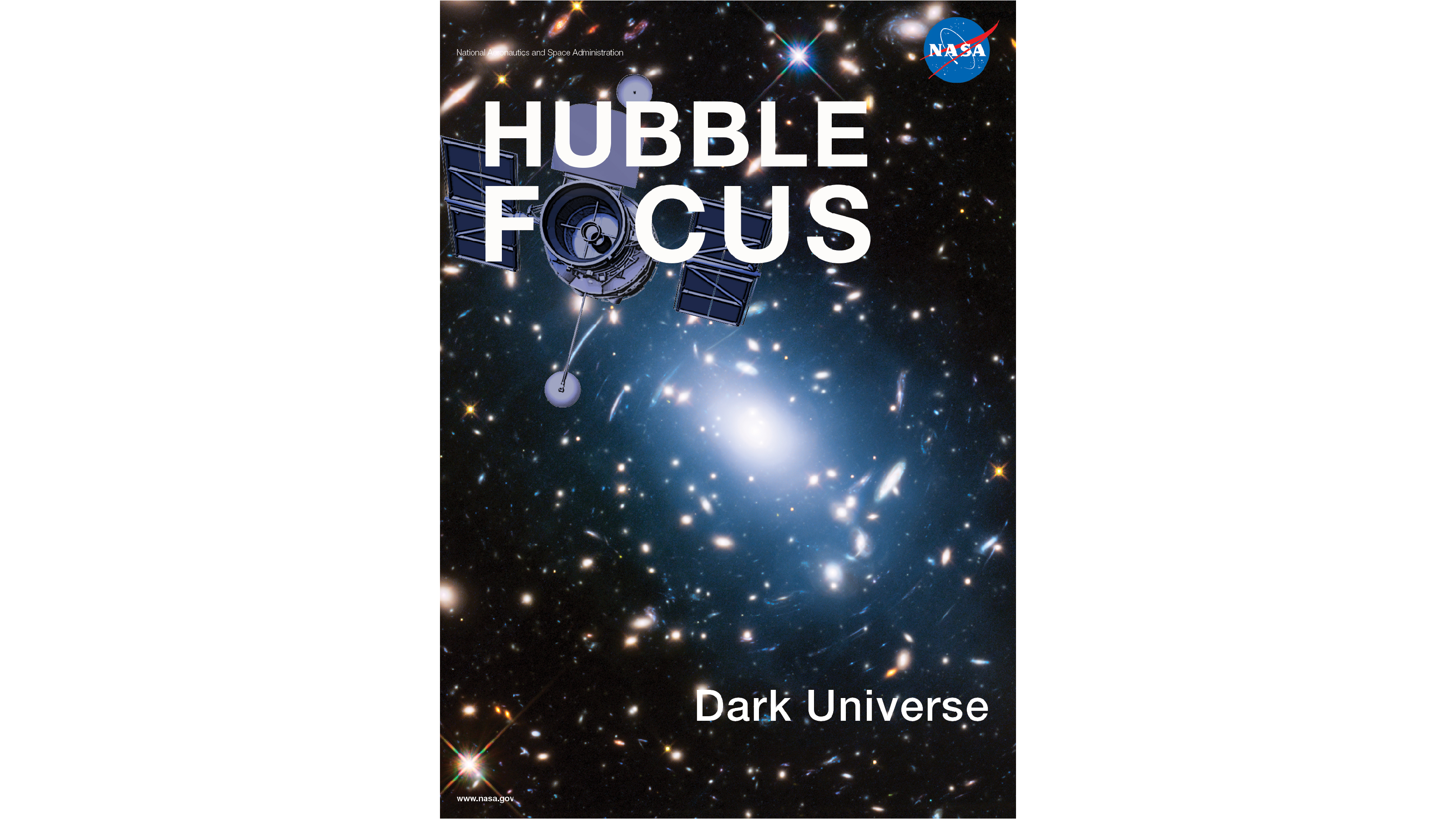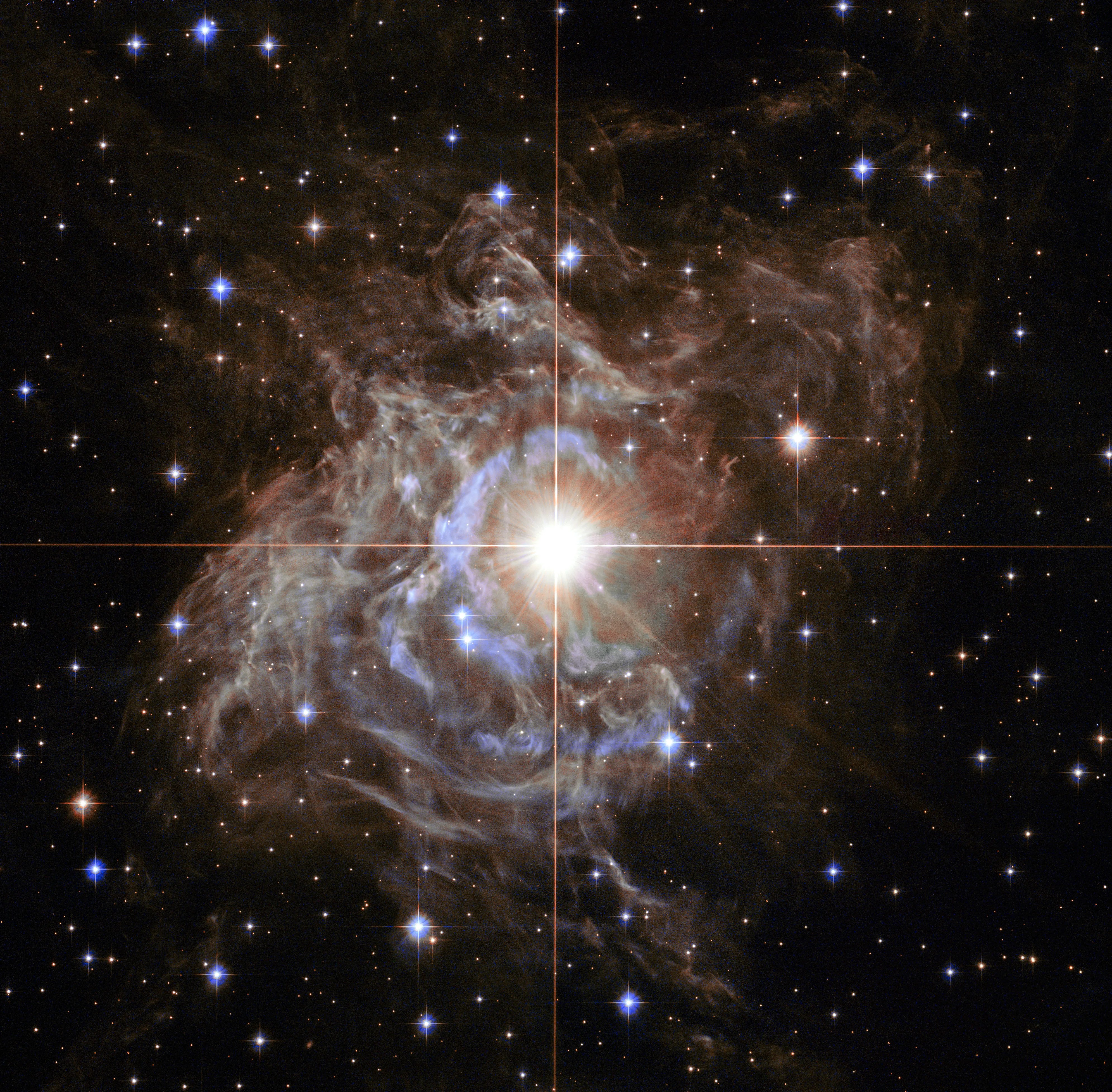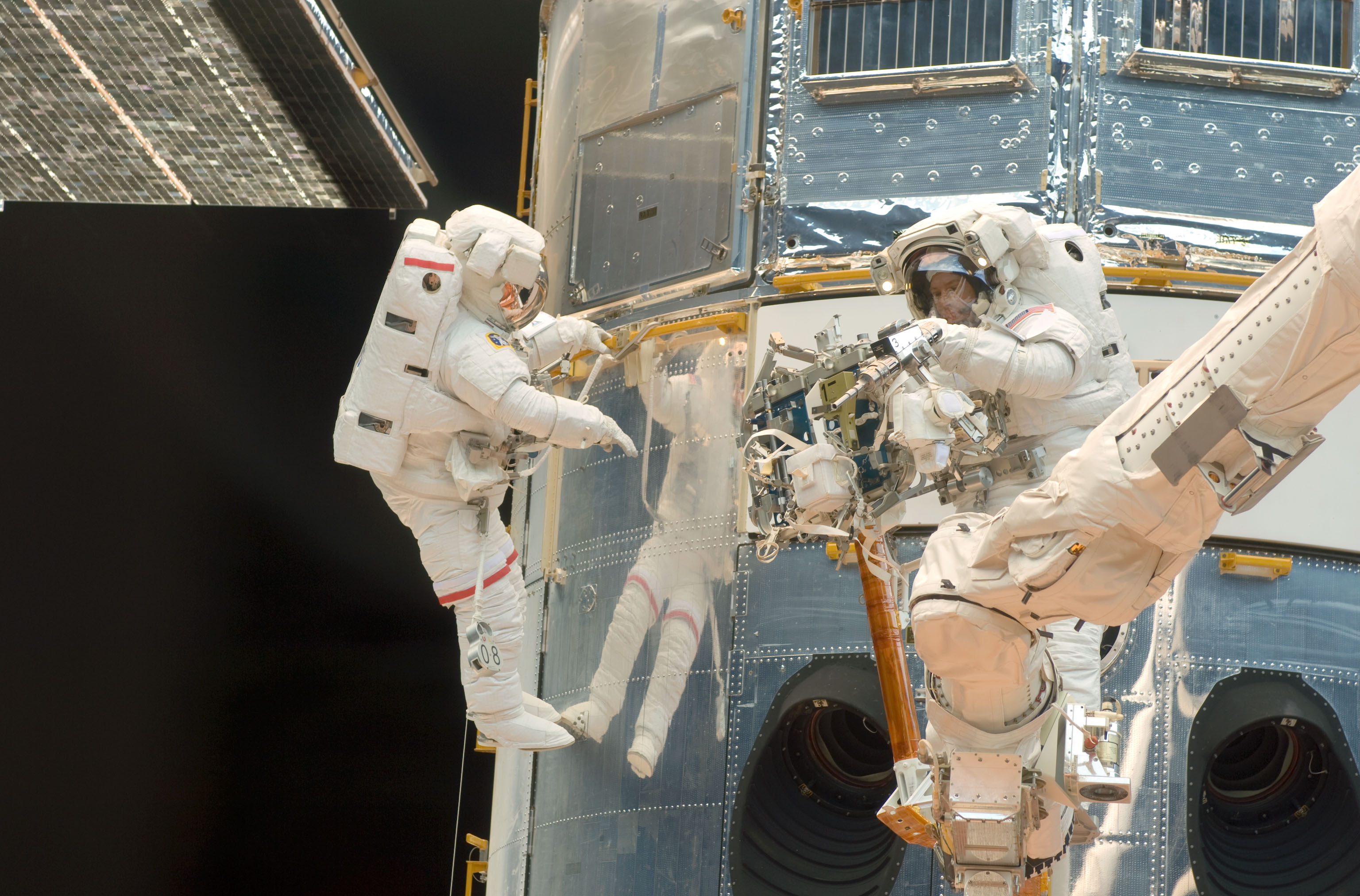On the heels of Hubble’s 34th anniversary, we explored some of Hubble’s wildest and weirdest observations of our universe during its decades-long mission. We focused on six interesting images and took a deep dive into the science behind them on social media.
Hubble's Wildest Images

Hourglass Nebula (MyCn18)
This young planetary nebula holds intricate pattern of gas and dust in its walls.
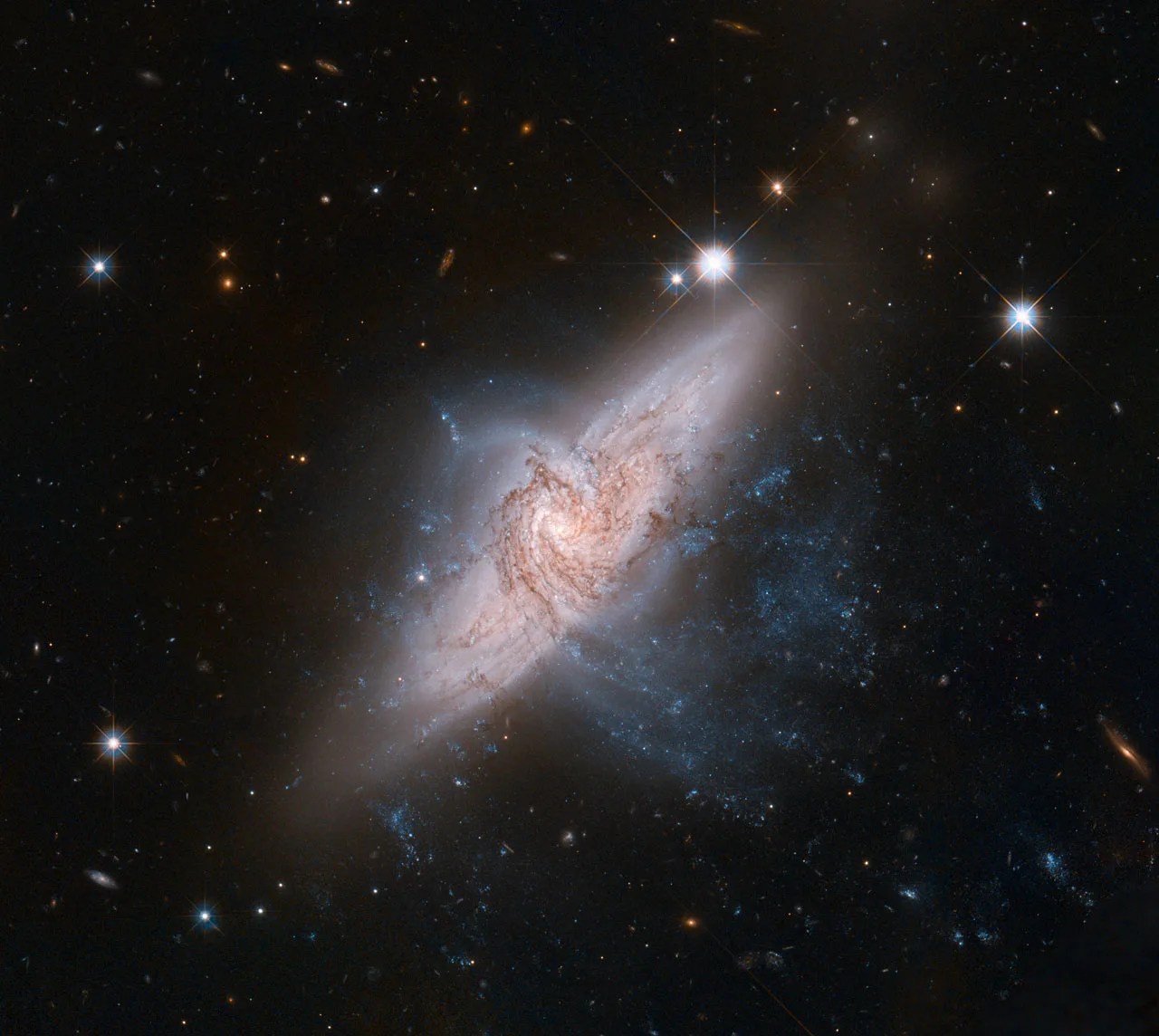
NGC 3314
While these two overlapping galaxies appear in the midst of a collision, the two are in a chance alignment from our vantage point.
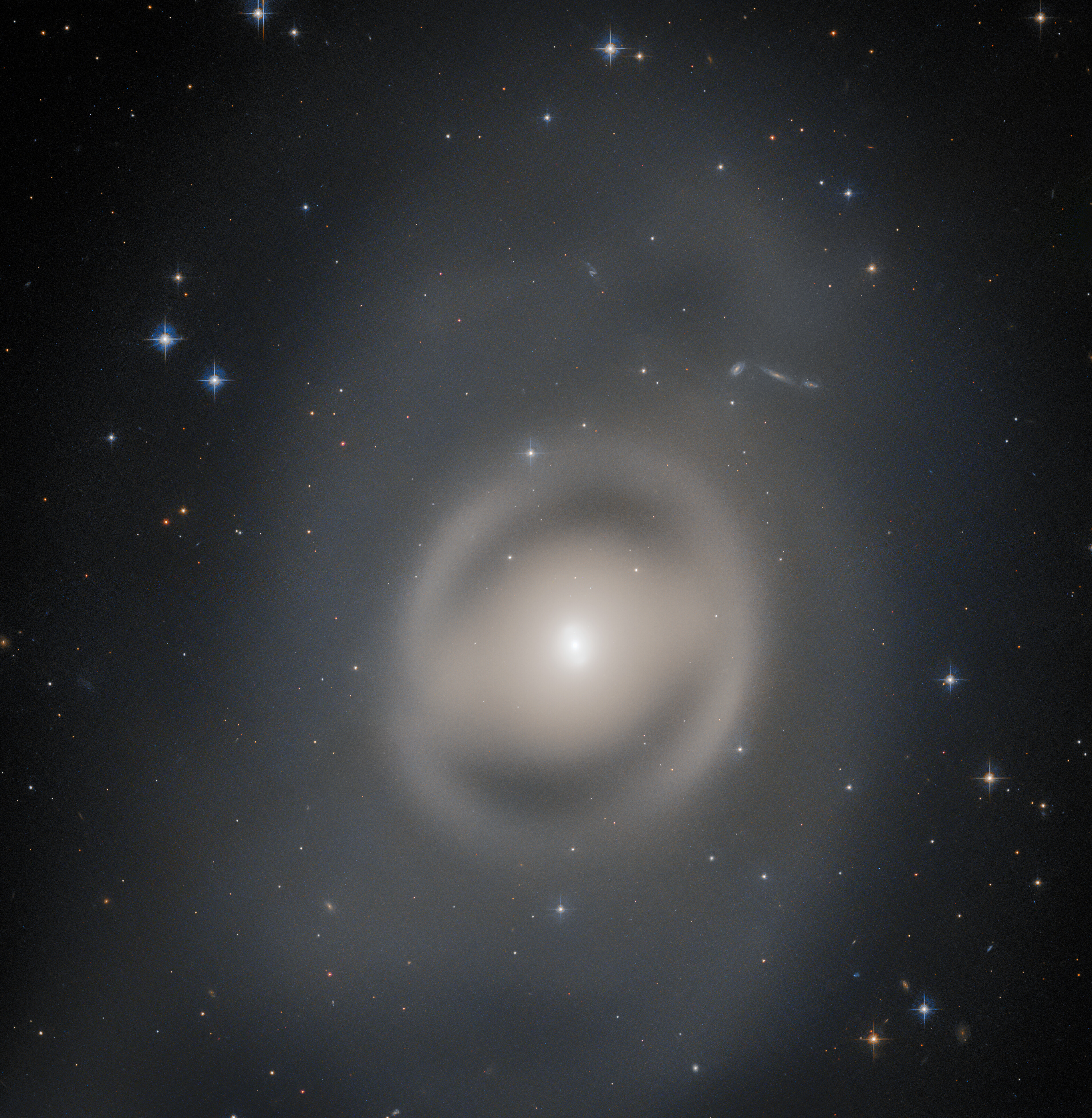
NGC 6684
The lens-shaped galaxy NGC 6684 is around 44 million light-years from Earth in the constellation Pavo.
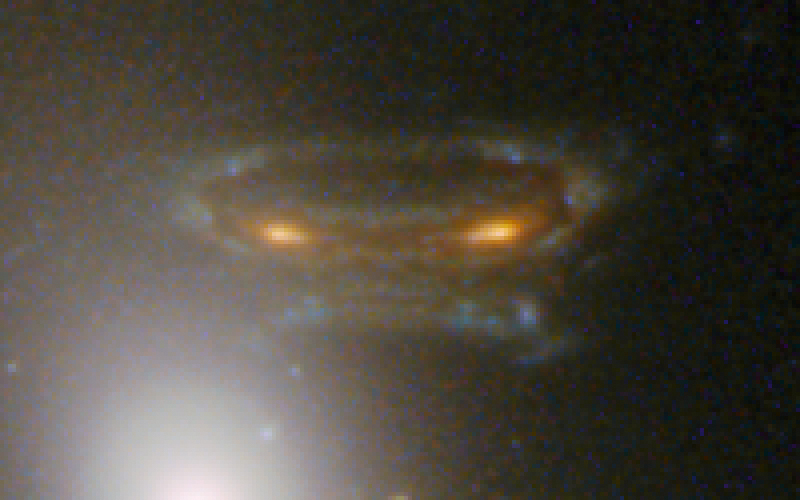
Space Invader in Abell 68
This alien-looking mirage is the result of the gravitational field of a foreground galaxy cluster warping space and distorting the light of more distant galaxies.
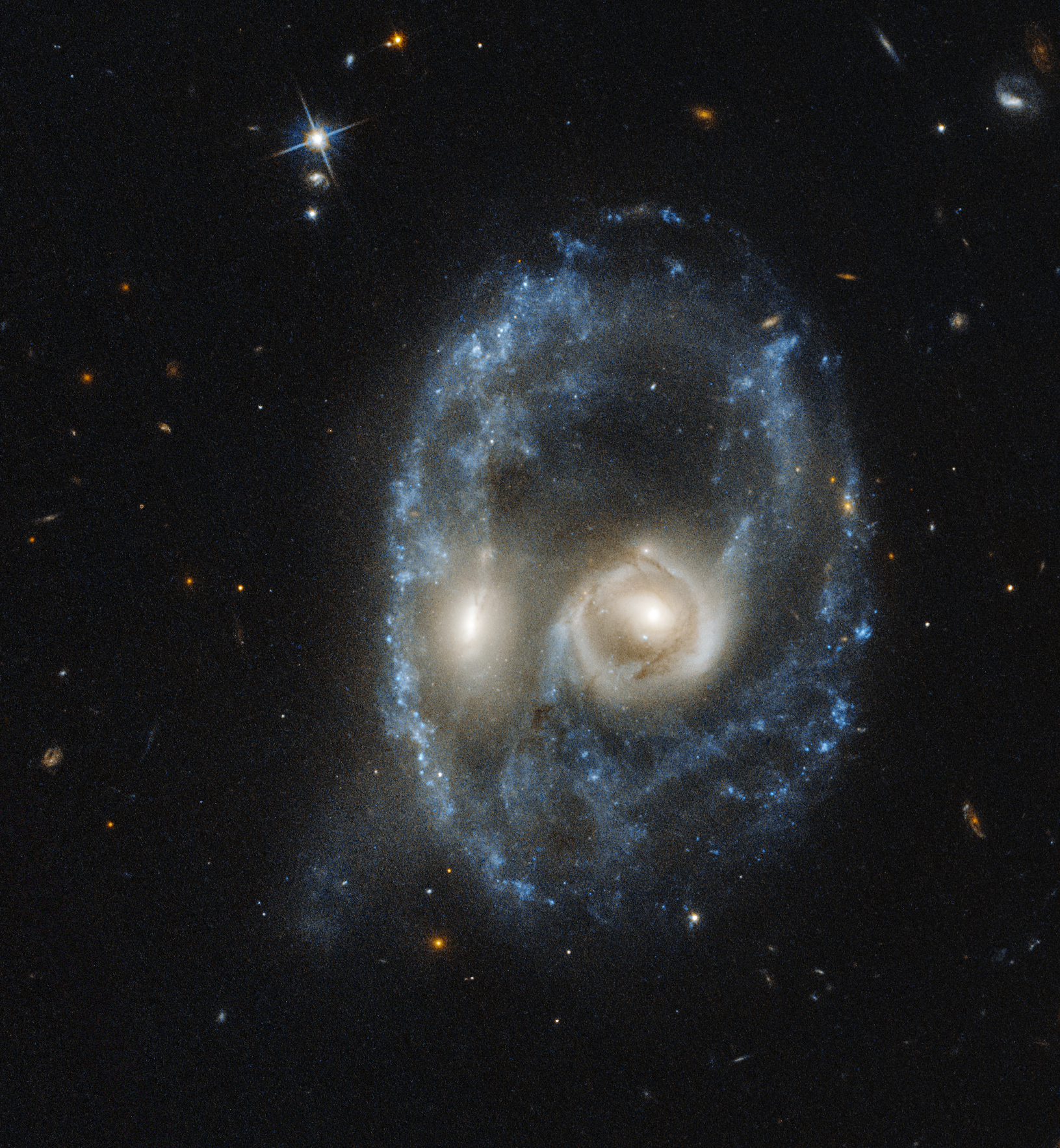
Arp-Madore 2026-424
Galaxy collisions are common — especially back in the young universe — most of them are not head-on smashups, like the collision that likely created this system.
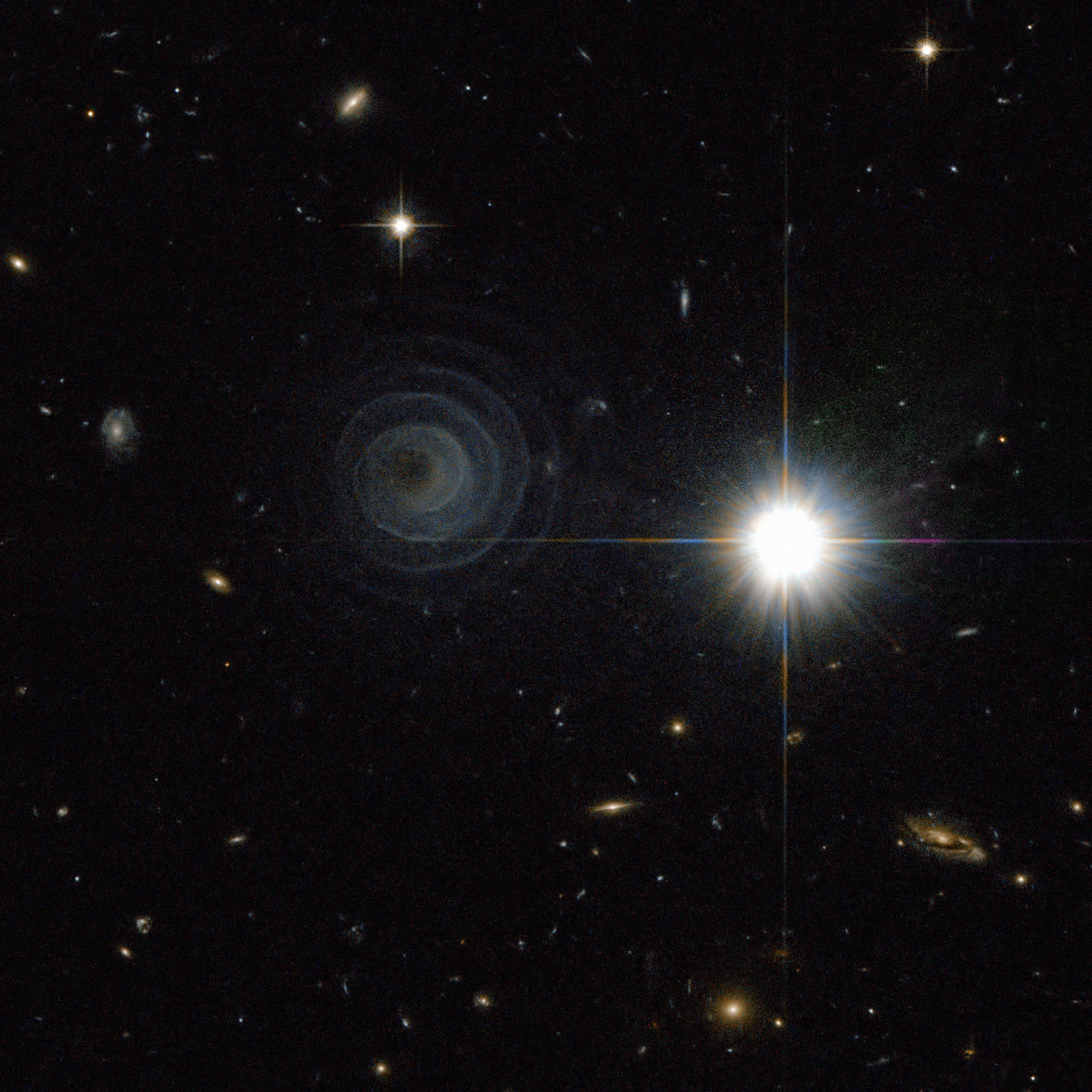
Credit: NASA's Goddard Space Flight Center; Lead Producer: Miranda Chabot


